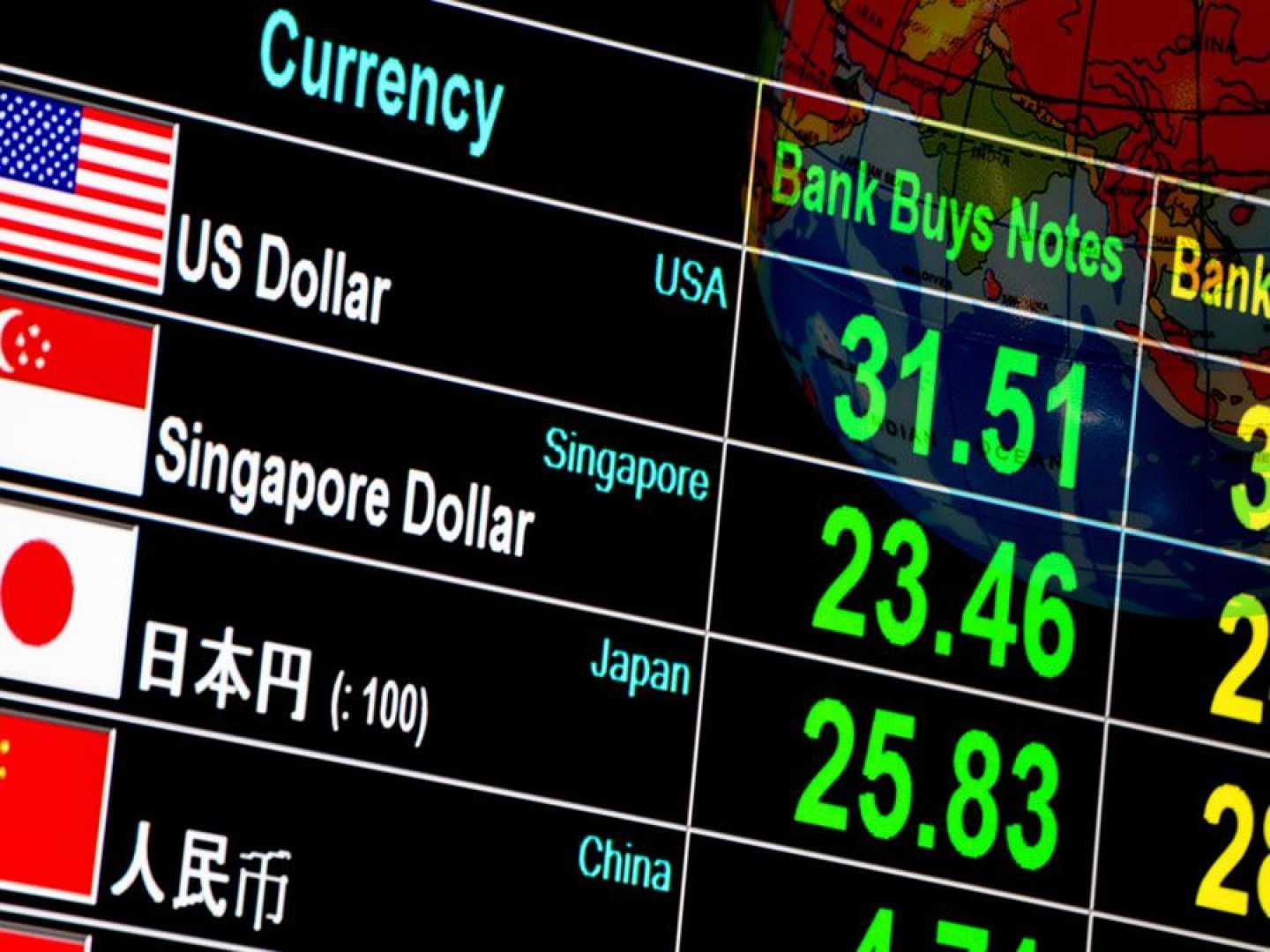Business
US Dollar Stabilization Amid Trade Tariff Concerns

BENGALURU, India – The U.S. dollar is expected to stabilize in the coming months, despite rising concerns regarding the economic implications of President Donald Trump‘s recent tariff announcements, according to a Reuters survey of foreign exchange strategists.
In a survey conducted from March 27 to April 1, it was revealed that over one-third of the strategists expressed worries about the greenback’s diminishing role as a safe haven in currency markets. Trump is set to announce new tariffs on U.S. trading partners, causing uncertainty across trading desks.
Many traders have moved away from long bets on the dollar, recently flipping to a ‘net short’ positioning for the first time since October as anticipation builds around potential Federal Reserve rate cuts. “There has been a certain degree of fatigue in trying to navigate U.S. tariffs and their implication for currencies these last few months,” said Paul Mackel, global head of FX research at HSBC. “Investors don’t want to get caught in a trap of pre-positioning for an unclear outcome.”
The Reuters survey revealed that of the 35 strategists who responded regarding month-end positioning, 17 predicted that little would change. Nine anticipated an increase in net short positions, while only seven suggested a decrease. Only two strategists expected a return to net long positions.
Medians from 69 strategists in a wider survey predicted that the euro, currently trading around $1.08, would shift to $1.07 in three months and reach $1.10 in a year. The dollar index, meanwhile, has declined approximately 4% this year following a strong gain of 7% in 2024.
“We are very much caught in a wait-and-see mode. While many have thrown in the towel on the dollar, we still believe the conditions for a significant decline aren’t present for the next six to twelve months,” Mackel added. Concerns linger about Trump’s isolationist policies accelerating a move away from the dollar’s status as a global reserve currency.
Of those surveyed, 19 out of 51 strategists indicated they were anxious about the dollar’s declining reputation in global markets, particularly in the long term. “There are some tentative risks that the dollar’s safe haven status may be eroding,” warned George Saravelos, global head of FX research at Deutsche Bank. “A weakening U.S. outlook could reduce demand for the dollar as a risk-off hedge.”
Arindam Sandilya, co-head of global FX strategy at JP Morgan, noted the historical resilience of reserve currencies, stating, “History teaches us that it’s challenging to displace a reserve currency in the short term, but a gradual erosion can occur over time.” He emphasized a long-term trend of diminishing dollar allocations in central bank reserves while investors seek alternative stores of value like gold.
Meanwhile, in Mumbai, the Indian rupee weakened amidst uncertainty surrounding Trump’s new tariffs. The rupee was priced at 85.6025 against the dollar, down nearly 0.2% for the day, retreating from a year-to-date peak of 85.40 reached last week.
Analysts warn that anticipated tariffs could add pressure on the rupee, with MUFG Bank indicating that reciprocal tariffs on India could pose significant risks. Trump’s upcoming announcements could signal “Liberation Day” for major trade policies that might reshape global trading norms.
As markets brace for the U.S. labor market data expected on Friday, traders remain cautious about positioning themselves in light of imminent announcements. The interplay of tariffs and its impact on the broader economy continues to be a critical focus for investors.












